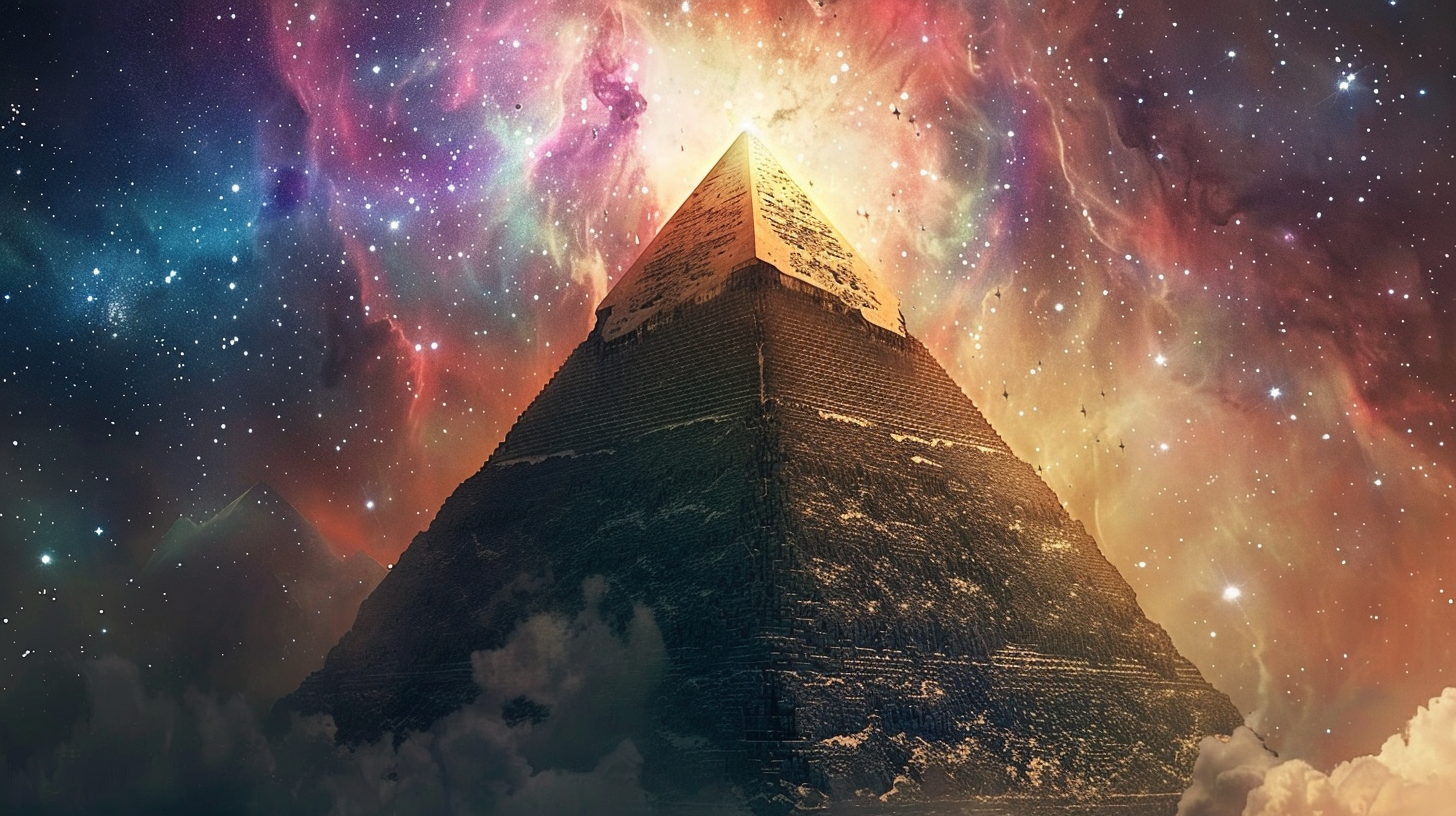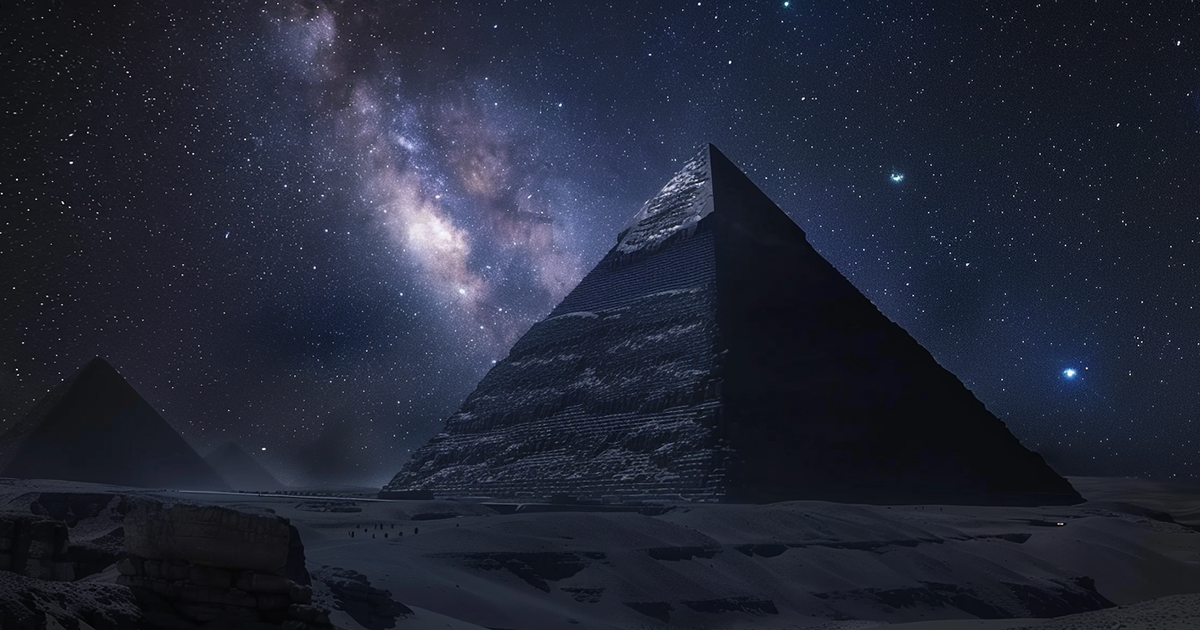The fascination with the ancient Great Pyramid of Giza, an iconic structure from a distant era, has captured the attention of researchers and enthusiasts worldwide. Central to the intrigue surrounding this historical marvel is its precise alignment with Orion’s Belt, a cluster of stars within the constellation of Orion. While some view this alignment as a testament to profound astronomical wisdom or even potential extraterrestrial involvement, others put forth alternative theories based on ancient belief systems and architectural principles.
Throughout the centuries, scholars have been captivated by the alignment of the Great Pyramid and Orion’s Belt, sparking numerous discussions and hypotheses. Strategically positioned to mirror the arrangement of the three stars in Orion’s Belt, the three renowned pyramids of Giza – the Pyramid of Khufu, the Pyramid of Khafre, and the Pyramid of Menkaure – have inspired conjectures about possible links between the ancient Egyptians and the celestial realm.
One intriguing hypothesis posits that the alignment between the Great Pyramid and Orion’s Belt may indicate a sophisticated comprehension of astronomy among the ancient Egyptians. Advocates of this idea suggest that the pyramid architects possessed deep celestial knowledge, using the stars as guides in their construction projects. The alignment with Orion’s Belt could have held symbolic significance, symbolizing a connection between the earthly domain and the heavens above.

Furthermore, proponents of the theory of advanced astronomical knowledge highlight additional instances of celestial alignments in ancient Egyptian architecture, such as aligning temples and tombs with specific stars or constellations. They argue that these alignments served practical and symbolic purposes, enabling the ancient Egyptians to honor their deities, navigate the afterlife, and showcase their expertise in astronomy.
On the contrary, critics offer diverse interpretations for the alignment of the Great Pyramid with Orion’s Belt, drawing from ancient Egyptian beliefs and cultural traditions. Some viewpoints suggest that the alignment aimed to underscore the pharaoh’s divine connection with the gods and the cosmos, rather than being rooted in scientific understanding. In ancient Egyptian theology, the pharaoh was considered to possess divine status, and constructing colossal structures like the Great Pyramid was viewed as an act of reverence and spirituality.
Moreover, skeptics caution against imposing modern interpretations on ancient structures, stressing the importance of grasping the cultural and religious context in which these monuments were erected. In the absence of definitive evidence linking the alignment with Orion’s Belt to advanced astronomical knowledge or extraterrestrial involvement, the true purpose behind this alignment remains subject to speculation and debate.
Presenting an alternative viewpoint on the alignment of the Great Pyramid with Orion’s Belt, some suggest that it may be part of a broader system of sacred geometry and numerology in ancient Egyptian architecture. The Egyptians placed great importance on symmetry, proportion, and harmony in their designs, viewing these principles as reflections of cosmic balance and order. Thus, aligning with Orion’s Belt could have been a conscious architectural choice to evoke a sense of cosmic harmony and equilibrium.
In conclusion, the alignment of the Great Pyramid of Giza with Orion’s Belt poses an enduring enigma that stimulates reflection and discussion. Whether serving as proof of advanced astronomical knowledge, hints of extraterrestrial influence, or products of ancient beliefs and architectural principles, one thing is evident – the Great Pyramid of Giza remains a captivating and intriguing structure, beckoning us to explore the mysteries of the past and our place within it.
